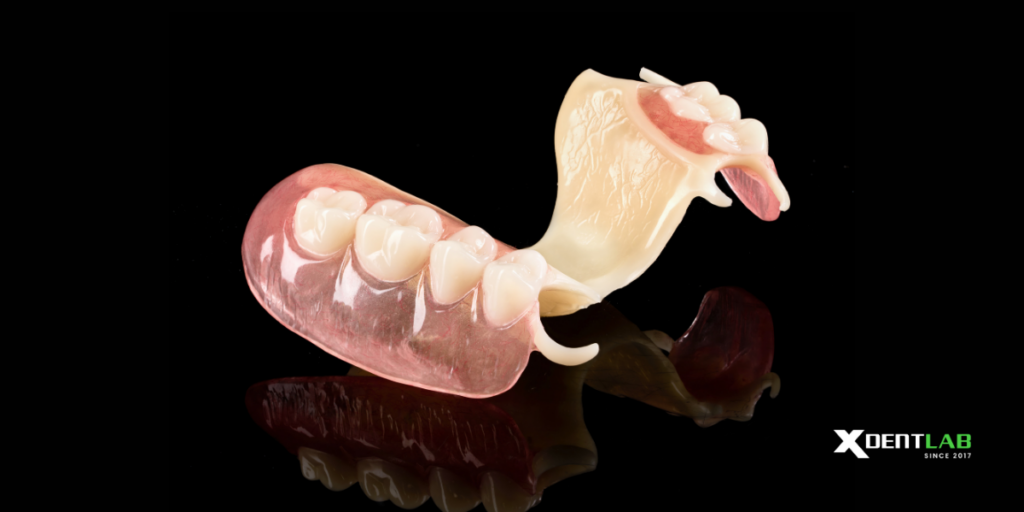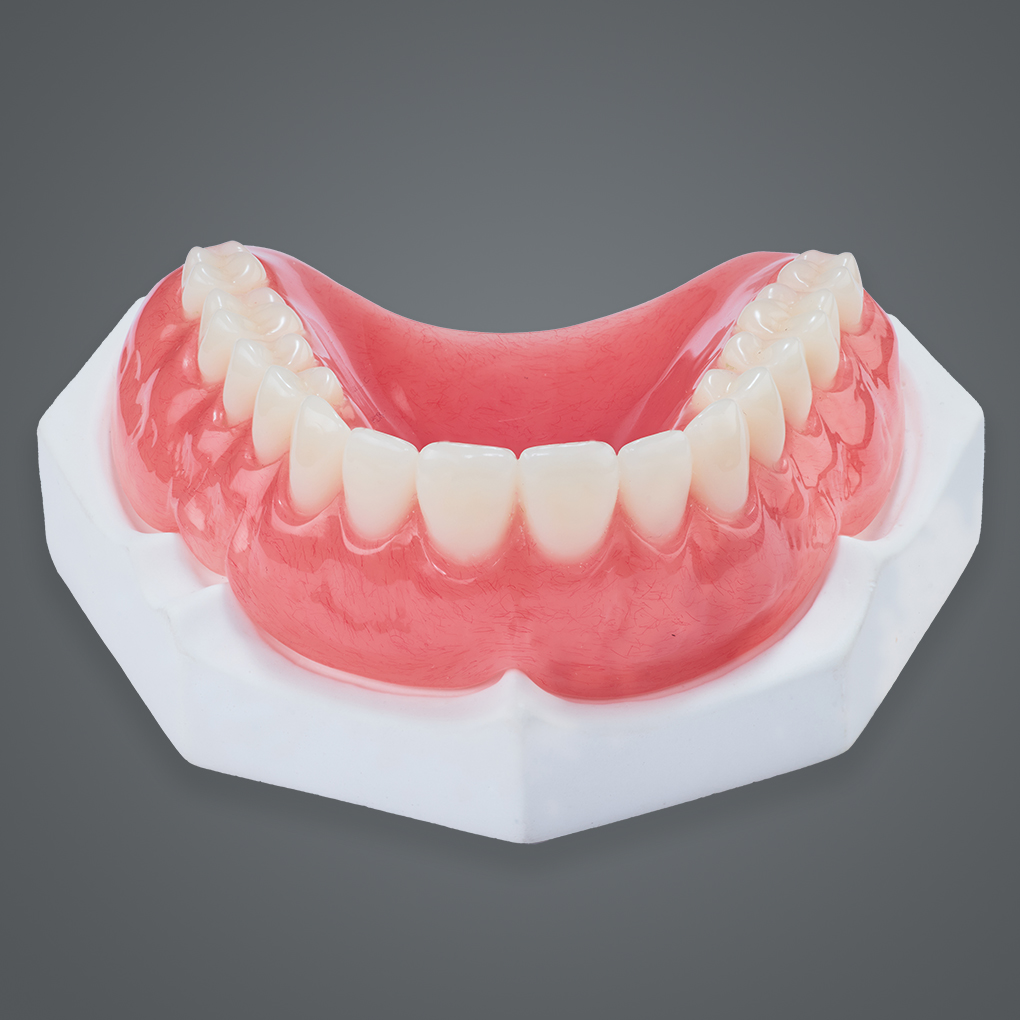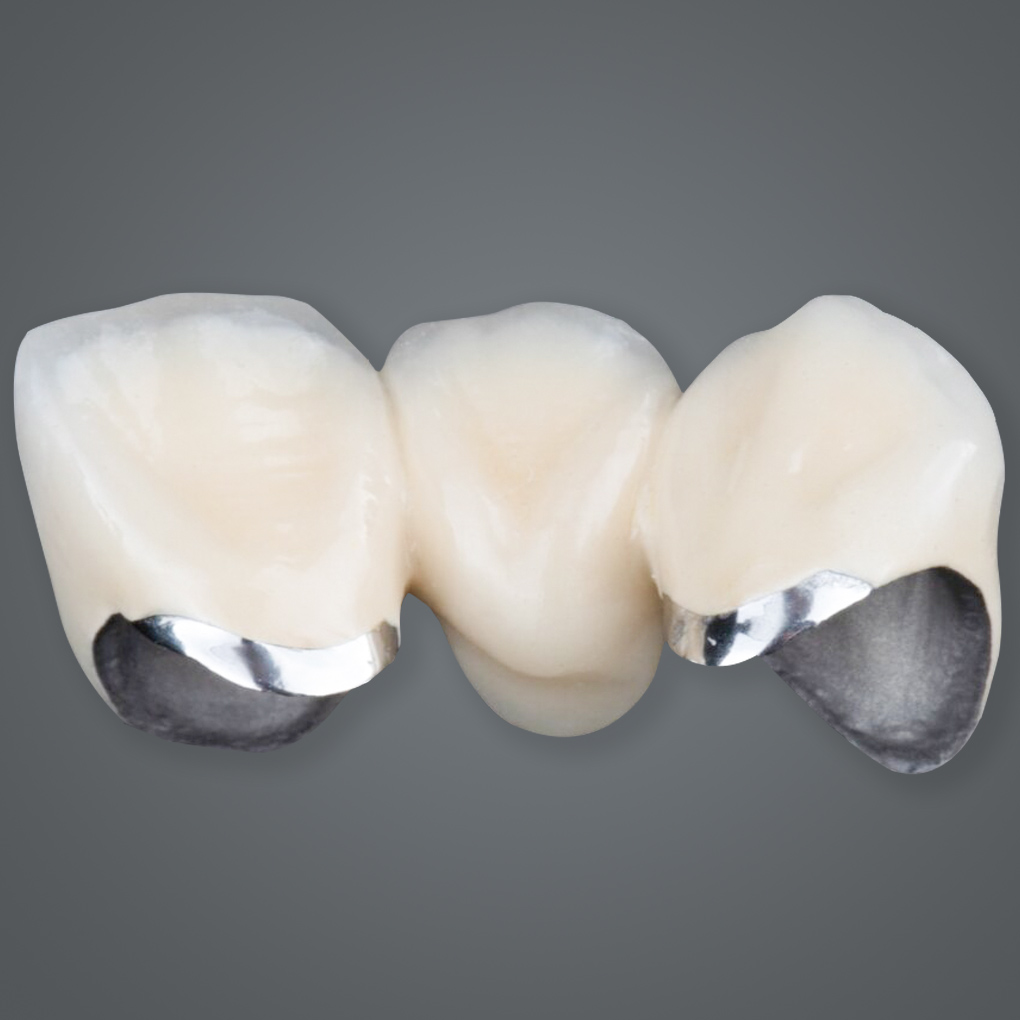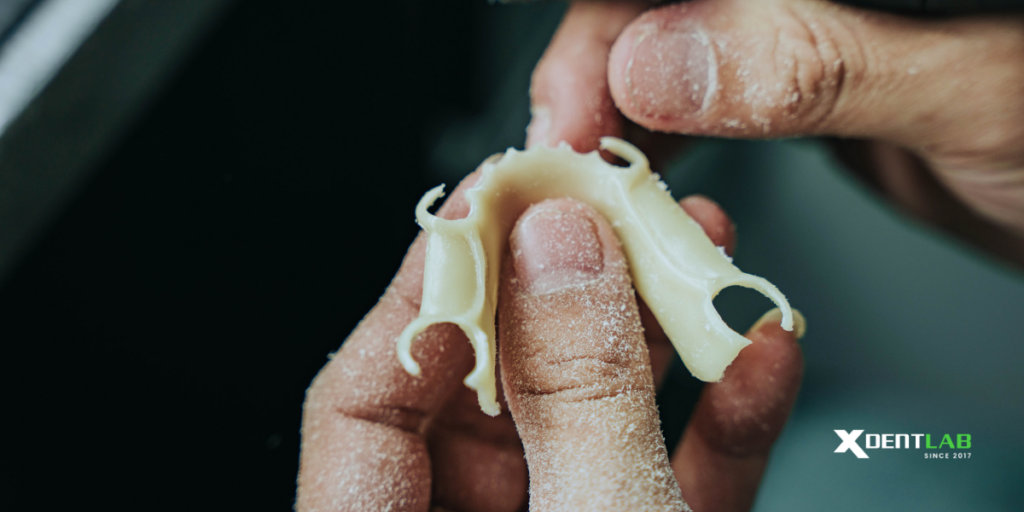As removable prosthetics continue to evolve, Acetal Partial Dentures have emerged as a compelling alternative to traditional metal-based partials. With exceptional aesthetics, flexibility, and durability, acetal frameworks are gaining traction among dental labs and dental technicians looking to offer high-quality, metal-free solutions.
In this article, we’ll explore Acetal Partial Dentures and the key information you need to know.
Contents
1. Definition
1.1. What Is Acetal?
Acetal, also known as polyoxymethylene (POM), is a high-performance thermoplastic known for its strength, resilience, and moisture resistance. Lightweight and flexible, acetal is an ideal material for crafting partial dentures that are both durable and comfortable.
1.2. What Are Acetal Partial Dentures?

Acetal partial dentures are removable prosthetic solutions made from polyoxymethylene (POM), a highly durable, biocompatible thermoplastic. Unlike conventional metal frameworks, they are completely metal-free, offering a lightweight, comfortable fit with superior esthetic value. Whether used as a temporary or long-term solution, these dentures provide a natural-looking and hypoallergenic option for patients.
2. Key Benefits of Acetal Partial Dentures
2.1. Metal-Free and Highly Aesthetic
Unlike conventional cast-metal dentures, Acetal Partial Dentures are completely metal-free, making them a perfect option for patients who prioritize aesthetics or have metal sensitivities.
2.2. Lightweight and Durable
Acetal offers a strong yet flexible structure that resists fractures and wear. Its lightweight nature ensures superior comfort—particularly for long-term use.
2.3. Moisture and Stain Resistant
Thanks to its hydrophobic properties, acetal resists water absorption and discoloration over time, maintaining a clean, natural look for longer.
3. Clinical Indications
These are ideal for:
- Patients with metal allergies or sensitivities
- Younger patients or those seeking non-metal options
- High-aesthetic zones (anterior restorations)
- Temporary partials during implant or fixed restoration healing phases
4. Comparison: Acetal vs. Metal Partials
When comparing Acetal Dentures with traditional acrylic and metal framework partials, several key differences stand out. Acetal offers the highest level of aesthetics thanks to metal-free design, making it an ideal choice for patients concerned with appearance. It is also incredibly lightweight, lighter than both acrylic and metal enhancing comfort during daily wear.
Overall, Acetal Dentures serve as a middle ground offering a modern, aesthetic, and functional alternative that caters to today’s demanding patients.
Learn more about Materials for making frame partial dentures
5. Why Acetal Partial Dentures Are a Smart Choice for Dental Labs
For dental labs looking to stand out in the removable market, Acetal Dentures present a scalable and in-demand product. The benefits include:
- Broad patient appeal due to aesthetics and comfort
- Higher case value and profit margins compared to conventional acrylic partials
- Reduced chairside adjustments thanks to material stability and accurate fit
- Compatibility with digital workflows, improving lab efficiency
6. Conclusion
Acetal Partial Dentures offer a modern, metal-free solution that blends aesthetics, comfort, and function. For dental labs and technicians, this presents a unique opportunity to lead the market with cutting-edge removable prosthetics.
At the forefront of premium denture production, XDENT LAB is proud to be a trusted manufacturing partner for Acetal Dentures, serving dental labs and technicians across the U.S. Based in Vietnam, XDENT LAB combines advanced materials, precise craftsmanship, and efficient workflows to deliver consistently high-quality removable prosthetics at competitive prices.
Ready to explore Acetal Partial Denture solutions with a reliable outsourcing partner?
Partner with XDENT LAB and bring flexible, aesthetic, metal-free partials to your product line today.
Learn more about Acrylic Partial Dentures






